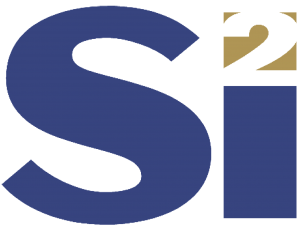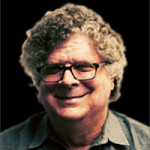AUSTIN, Texas–Silicon Integration Initiative (Si2), an Austin-based integrated circuit research and development joint venture, has launched a project to help designers reduce power consumption, a growing challenge for most system-on-chip designs. The project will develop new power modeling technology to estimate power consumption more easily and more accurately throughout the design process, especially during the earliest stages.
The end result will be a new power modeling standard to reduce resources and costs needed to develop virtually every type of SoC. Jerry Frenkil, director of OpenStandards, said that the Si2 Low Power Working Group, part of the newly restructured Si2 OpenStandards program, will lead this industry-wide effort.
“Every SoC design team is grappling with the continued need to reduce power consumption,” Frenkil said. “That’s especially true for mobile devices, but it’s also a concern throughout the electronics industry. One way to accomplish this is through improved multi-level power modeling techniques that better predict SoC power and performance. Right now there’s no commonly accepted way to develop an accurate estimation of power consumption early in the design phase. This often leads to designs being power inefficient, performance constrained, or both.”
Frenkil said the standard will also “enable more efficient and reliable power analyses and optimizations since the same model will be used from system-level design through gate level implementation and all phases in between.”
The approved specification will be contributed to the IEEE P2416 Standards Working Group for industry-wide distribution. Nagu Dhanwada, senior R&D engineer at IBM, chairs both the IEEE P2416 and Si2 Low Power Modeling Working Groups. “Since Si2 is an R&D joint venture, its members can work together to develop specifications, tests and proof-of-concepts with anti-trust protection. This specification will greatly accelerate standardization efforts within P2416, and testing prior to IEEE standardization will enable us to rapidly prove out the use of the new standard before it hits the street,” Dhanwada explained.
IEEE P2416 is an essential component of a coordinated IEEE effort focusing on system-level design. The IEEE 1801 standard currently expresses design intent. It’s latest update, IEEE 1801-2015, includes support for power modeling.
John Biggs, co-founder and consultant engineer at ARM, chairs the IEEE 1801 Working Group. “Efforts of the Si2 Low Power Working Group will help the IEEE P2416 Working Group standardize the representation of power consumption data,” Biggs said. The fruits of this work, in combination with the new power modeling capability in IEEE 1801-2015, should greatly ease the challenging task of energy-aware system level design.”
The new Si2 model specification is expected to be completed in October. For more information about this project, contact Jerry Frenkil at [email protected]. For information about the Low Power Working Group and other OpenStandards programs, visit https://si2.org/openstandards/.
Founded in 1988, Si2 is a leading research and development joint venture that provides standard interoperability solutions for integrated circuit design tools. All Si2 activities are carried out under the auspices of the The National Cooperative Research and Production Act of 1993, the fundamental law that defines R&D joint ventures and offers them a large measure of protection against federal antitrust laws. Si2’s international membership includes semiconductor foundries, fabless manufacturers, and EDA companies.


 Aparna Dey chairs the Si2 Low Power Working Group and represents Cadence Design Systems in other Si2 activities and industry standards organizations. She also chairs the IEEE Electronic Design Symposium, an annual conference held in Monterey, Calif., and is the treasurer for IEEE Design Automation Standards Committee.
Aparna Dey chairs the Si2 Low Power Working Group and represents Cadence Design Systems in other Si2 activities and industry standards organizations. She also chairs the IEEE Electronic Design Symposium, an annual conference held in Monterey, Calif., and is the treasurer for IEEE Design Automation Standards Committee.